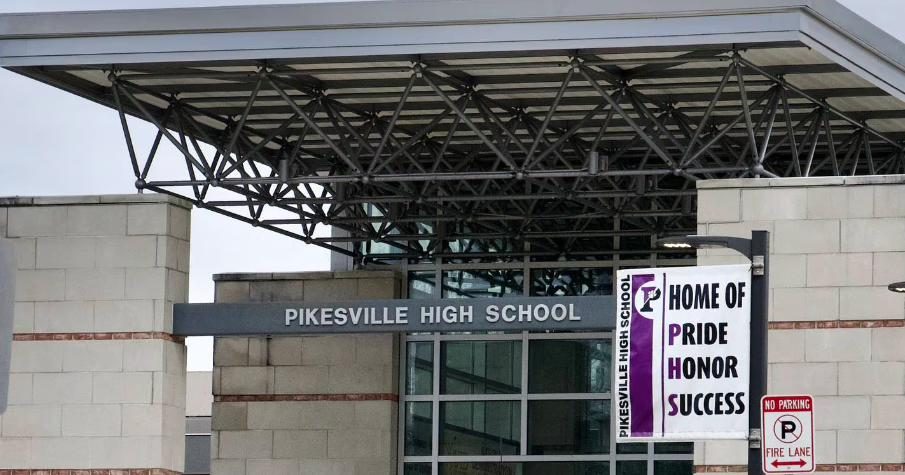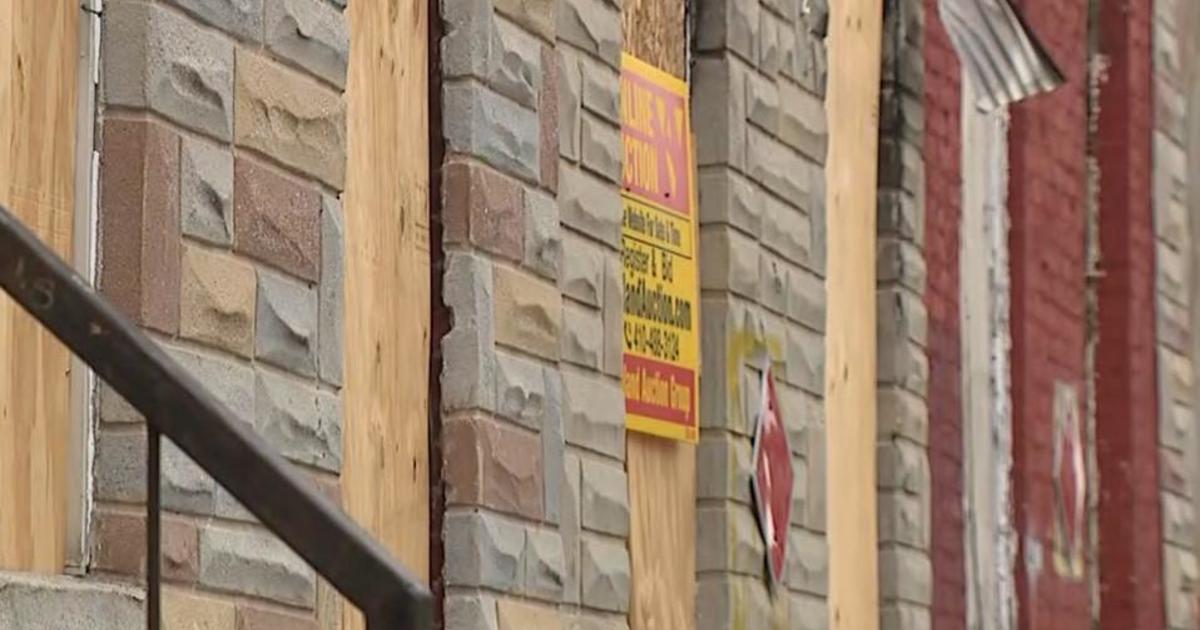Forecasters Predict Slow Atlantic Hurricane Season
NEW YORK (WJZ/AP) --Slower than normal. That's the word from federal forecasters about this year's hurricane season.
Meteorologist Tim Williams has more on this report.
Forecasters are predicting fewer hurricanes in the Atlantic this season, but they stress it only takes one major storm to do a lot of damage.
Experts from the National Oceanic and Atmospheric Administration predict the six-month hurricane season beginning June 1 will be near or below normal.
Federal forecasters expect the Atlantic, Caribbean and Gulf of Mexico will see between eight and 13 tropical storms, three-six hurricanes, and that at least one or two of those will be major Category 3 or above.
But officials say the real message in these numbers is: be prepared.
"As we saw with Sandy in 2012, and with Hurricane Andrew back in 1992, which was forecasted and indeed was a quiet season, it only takes one destructive storm to make for a very bad season," said Dr. Kathryn Sullivan, NOAA administrator.
Forecasters say there may be fewer Atlantic hurricanes this year because of cooler water temperatures, and the weather-making system El Nino, which warms part of the Pacific every few years and changes rain and temperature patterns around the world. NOAA believes the El Nino will likely reduce the number and intensity of tropical storms and hurricanes.
Cooler temperatures on the surface of the Atlantic Ocean compared with recent years will also lower the probability of hurricane formation.
Officials also announced: this year, when a storm is on the way, the National Hurricane Center will post detailed maps on its website showing where potential flooding from storm-surge may occur.
In 2012, storm surge was devastating to the New York area when Superstorm Sandy slammed the East Coast, killing 147 people and causing $50 billion in damage. Sandy lost hurricane status when it made landfall in New Jersey.
The new maps will warn people who live in neighborhoods just above sea level that the surge is coming.
Forecasters say every coastal city in the United States is at risk of storm surge, including areas several miles inland.
Last year, forecasters actually predicted a busier than usually hurricane season, but that didn't pan out. There were just 13 named storms and two hurricanes, Umberto and Ingrid, both of which were Category 1, the lowest on the scale that measures hurricanes by wind speed. There were no major hurricanes.
The Atlantic hurricane season goes through cycles of high and low activity about every 25 to 40 years based on large-scale climatic patterns in the atmosphere.
Since 1995, an average season has 15 named tropical storms, eight hurricanes and about four major storms. The last time a major hurricane made landfall in the U.S. was when Wilma came ashore in 2005, an eight-year stretch that is the longest on record.
During the six-month season, forecasters name tropical storms when top winds reach 39 mph; hurricanes have maximum winds of at least 74 mph.
(Copyright 2013 by The Associated Press. All Rights Reserved.)
Other Local News:



